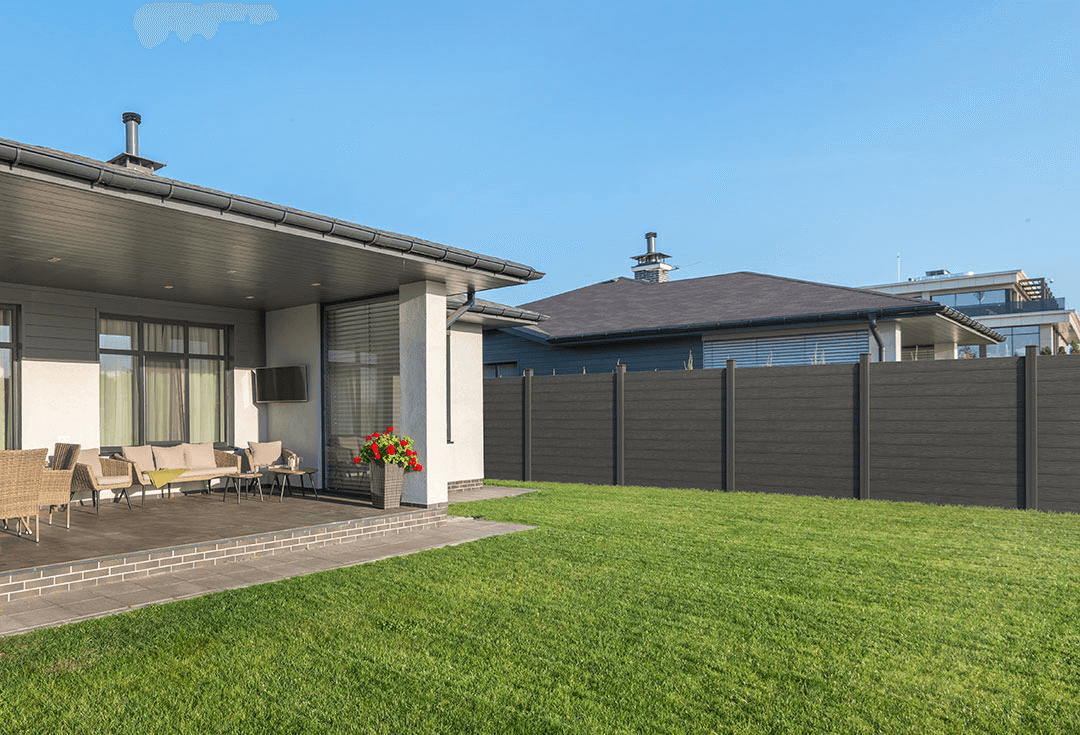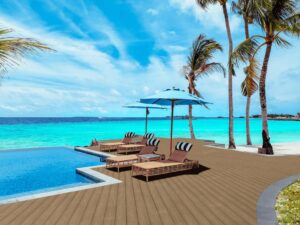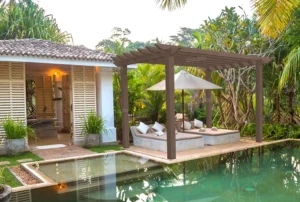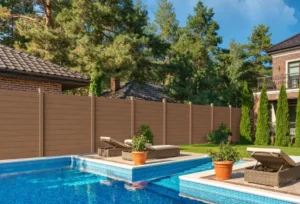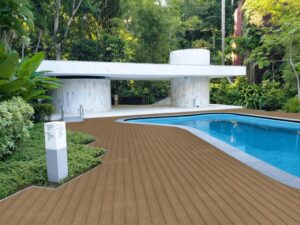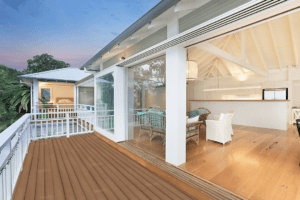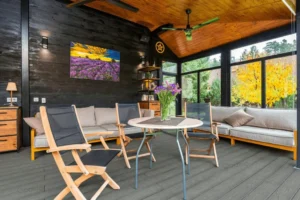10 Stunning Deck Railing Designs to Elevate Your Space
Deck railings are more than just a safety feature; they are an integral part of your outdoor aesthetic. The right deck railing can transform your space from ordinary to extraordinary, providing both function and style. In this guide, we’ll explore ten stunning deck railing designs, helping you find the perfect match for your home.
Deck railings come in a wide variety of materials such as composite, PVC, composite wood, and aluminum. You can also choose between different infill and top rail designs to achieve a look that’s uniquely yours. We’ve curated a list of the most popular types of deck railings, including various infill styles and materials, to simplify your decision-making process.
1. Cable Railing: Sleek and Modern
If you’re aiming for a sleek, contemporary look, cable railing is the way to go. This style uses stainless steel cables instead of traditional balusters, offering an unobstructed view of your surroundings. It’s perfect for those who want a modern, minimalist vibe while maintaining safety and durability.
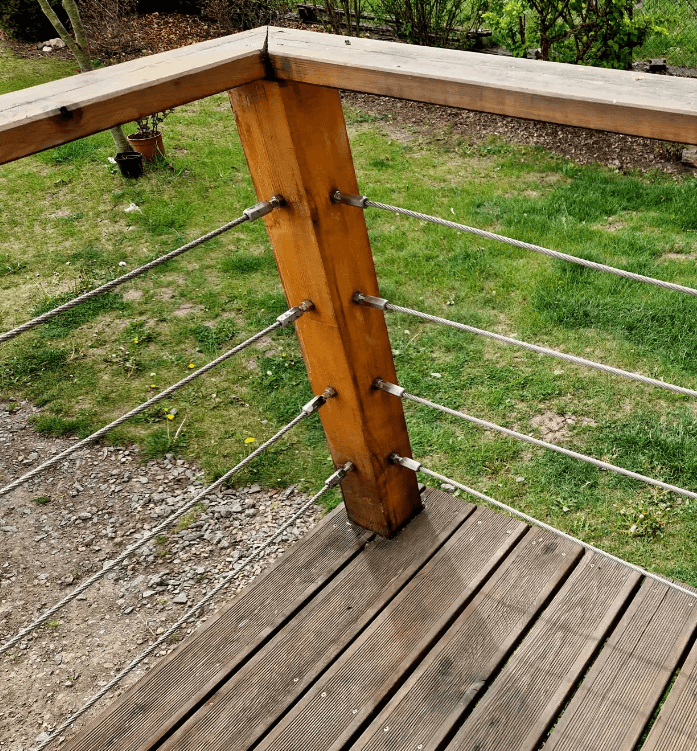
Image source: Unsplash
Pros
● Unobstructed Views: The thin cables provide a clear view of your surroundings.
● Durability: Resistant to corrosion and harsh weather conditions.
● Low Maintenance: Requires minimal upkeep compared to traditional railings.
Cons
● Cost: Generally more expensive than traditional wooden railings.
● Installation: Can be complex and may require professional installation.
● Flexibility: Cables may flex over time, requiring occasional tightening.
Why Choose Cable Railing?
Cable railings are not only stylish but also highly durable and low-maintenance. They are resistant to corrosion and can withstand harsh weather conditions. Plus, their unobtrusive design ensures that your beautiful view remains the focal point.
2. Craftsman Railing: Elegant and Private
For those who prefer a more traditional look, craftsman railings offer a blend of privacy and elegance. These railings often feature square balusters and solid panels, providing a sense of enclosure without sacrificing style.
Pros
● Privacy: Solid panels offer more privacy compared to other railing styles.
● Aesthetic Appeal: High-quality craftsmanship and detailed designs enhance the overall look.
● Customization: Can be customized with various decorative elements.
Cons
● Maintenance: Typically requires regular upkeep, such as painting or staining.
● Cost: High-quality materials and craftsmanship can be costly.
● Weight: Heavier than other materials, which may complicate installation.
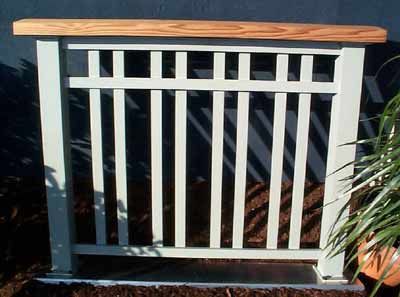
Image source: Pinterest
What Sets Craftsman Railing Apart?
Craftsman railings are known for their attention to detail and high-quality craftsmanship. They often incorporate elements like decorative post caps and intricate woodwork, adding a touch of elegance to your outdoor space.
3. Drink Rails: Functional and Stylish
Imagine having a built-in bar on your deck. Drink rails make this a reality, combining functionality with style. These railings feature a flat, wide top rail that can double as a convenient spot for placing drinks, snacks, or decor items.
Pros
● Multi-Functional: Provides additional space for placing items.
● Social Hub: Ideal for entertaining guests.
● Aesthetic Appeal: Adds a unique, practical element to your deck design.
Cons
● Width: The wider top rail may take up more space than traditional railings.
● Exposure: Items placed on the rail are exposed to the elements.
● Customization: Limited to certain deck designs and layouts.
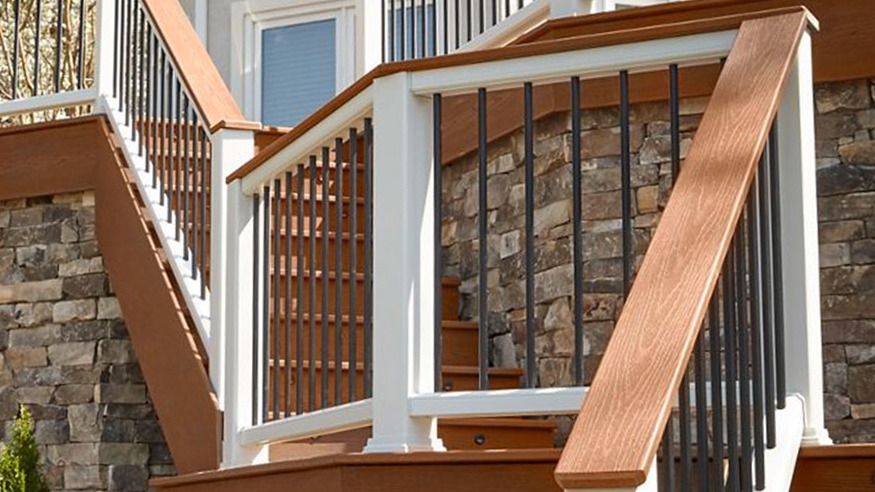
Image source: DecksDirect
Benefits of Drink Rails
Drink rails are perfect for entertaining. They provide additional space for guests to gather and enjoy the view, making your deck the ultimate social hub. Plus, they add a unique, practical element to your outdoor design.
4. Glass Panels: Chic and Clear
If you’re looking for a way to maximize your view while adding a touch of sophistication, glass panel railings are the answer. These railings use tempered glass panels instead of traditional balusters, creating a seamless, transparent barrier.
Pros
● Unobstructed Views: Provides a clear, open view of your surroundings.
● Modern Look: Adds a sleek, upscale aesthetic to your deck.
● Durability: Tempered glass is strong and resistant to impact.
Cons
● Maintenance: Requires regular cleaning to maintain clarity.
● Cost: Generally more expensive than other railing options.
● Safety: Glass panels can shatter if subjected to extreme force.
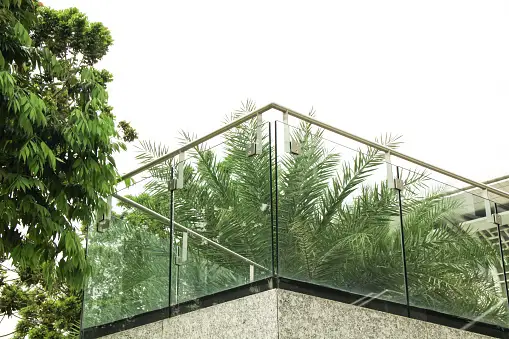
Image source: Unsplash
Advantages of Glass Panel Railings
Glass panel railings offer an unobstructed view and a modern, upscale look. They are also incredibly durable and easy to clean. Whether you’re overlooking a scenic landscape or a bustling city, glass panels ensure that nothing obstructs your view.
5. Square Web Panels: Joyful and Traditional
Square web panels bring a classic, joyful aesthetic to any deck. These railings feature geometric designs that add visual interest without overwhelming the space. They are perfect for those who want a traditional yet playful look.
Pros
● Versatility: Complements various architectural styles.
● Aesthetic Appeal: Adds a decorative element to your deck.
● Timeless Design: Classic design that never goes out of style.
Cons
● Maintenance: Requires regular upkeep to prevent rust or decay.
● Cost: Custom designs can be expensive.
● Installation: Can be complex and may require professional help.
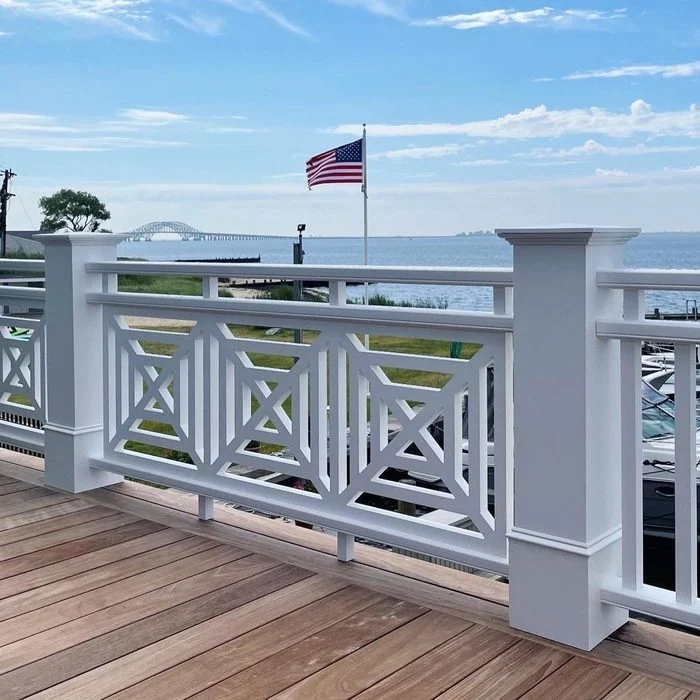
Image source: familyhandyman
Why Go for Square Web Panels?
Square web panels are versatile and can complement various architectural styles. They add a decorative element to your deck while providing safety and structure. Plus, their timeless design ensures they never go out of style.
6. Wrought Iron Look: Elegant and Simple
For a touch of elegance and old-world charm, wrought iron look railings are an excellent choice. These railings mimic the appearance of traditional wrought iron but are often made from more modern, durable materials.
Pros
● Aesthetic Appeal: Adds a classic, elegant look to your deck.
● Durability: Strong and long-lasting.
● Low Maintenance: Requires minimal upkeep.
Cons
● Cost: Can be expensive, especially custom designs.
● Weight: Heavier than other materials, which may complicate installation.
● Rust: Iron railings can rust if not properly maintained.
The Appeal of Wrought Iron Look Railings
Wrought iron look railings are both simple and sophisticated. They offer a classic aesthetic that can enhance the beauty of any deck. Additionally, they are incredibly strong and require minimal maintenance, making them a practical choice as well.

Deck Railing Materials
Choosing the right material for your deck railing is just as important as the style. Different materials offer various benefits, from durability to ease of maintenance. Here are four popular options:
7. Composite Materials
Composite materials are a popular choice for deck railings due to their durability and low maintenance. Made from a blend of wood fibers and plastic, they offer the look of wood without the upkeep.
Pros
- Durability: Resistant to rot, mold, and insects, composite materials are built to last. Oakio composite wood railings, for instance, can withstand the harshest weather conditions without deteriorating.
- Low Maintenance: Unlike traditional wood, which requires regular staining and sealing, composite railings need minimal upkeep. A simple occasional cleaning is all that’s needed to keep them looking fresh.
- Variety: Available in various colors and styles, composite materials offer great flexibility in design. Oakio provides an extensive range of options, allowing you to find the perfect match for your deck.
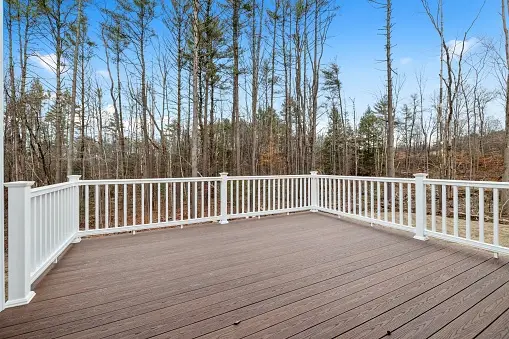
Image source: Unsplash
Cons
- Cost: Generally more expensive than traditional wood, composite materials can have a higher upfront cost. However, the long-term savings on maintenance and replacements can offset this initial expense.
- Appearance: While composite materials have improved significantly in mimicking the look of real wood, some purists may still prefer the natural appearance of traditional wood.
- Temperature: Composite railings can become hot in direct sunlight, which might make them uncomfortable to touch during peak summer months.
Why Choose Composite Deck Rails?
Composite deck rails are resistant to rot, mold, and insects, making them ideal for outdoor use. They come in a variety of colors and styles, allowing you to match them perfectly to your deck’s design. Oakio composite fencing , in particular, offers a blend of aesthetic appeal and practicality. These fencing are designed to replicate the natural beauty of wood while providing enhanced durability and ease of maintenance.
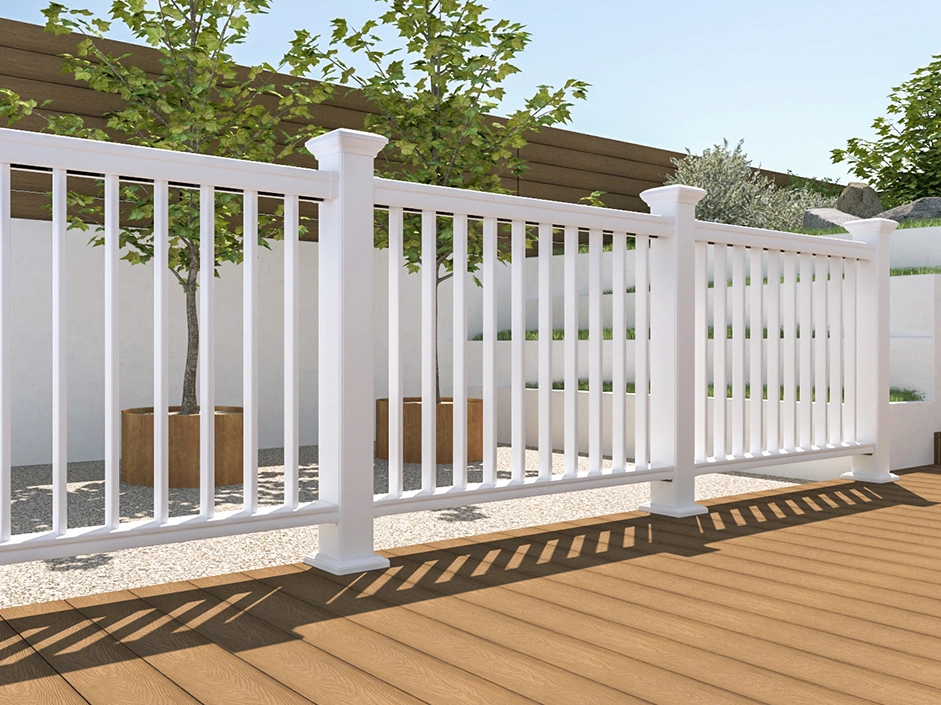
Image source: Oakio
Oakio’s composite fencing with rails are an excellent choice. They provide the perfect balance between the traditional charm of wood and the modern benefits of composite materials, making your outdoor space both beautiful and practical.
8. PVC Materials
PVC deck railings are another low-maintenance option. Made entirely from plastic, they are resistant to moisture, fading, and insects, ensuring they look great for years to come.
Pros
● Durability: Resistant to moisture, fading, and insects.
● Low Maintenance: Requires no painting or staining.
● Lightweight: Easy to handle and install.
Cons
● Appearance: May look less natural compared to wood.
● Strength: Not as strong as metal or wood.
● Environmental Impact: Made from non-renewable resources.
9. Metal Materials
Metal deck railings, such as aluminum or steel, offer strength and a sleek, modern look. They are ideal for those who want a sturdy, durable railing with a contemporary edge.
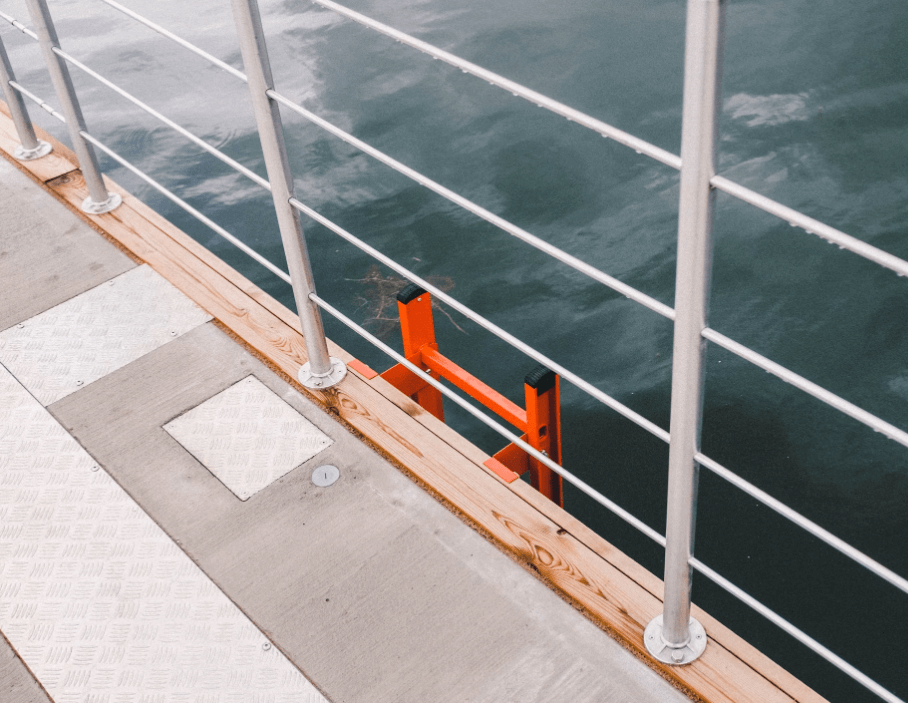
Image source: Unsplash
Pros
● Strength: Incredibly strong and durable.
● Low Maintenance: Requires only occasional cleaning.
● Variety: Available in various styles and colors.
Cons
● Cost: Generally more expensive than other materials.
● Temperature: Can become hot or cold depending on the weather.
● Rust: Some metals may rust if not properly maintained.
Why Opt for Wood Deck Rails?
Wood deck rails provide a warm, classic look that is hard to replicate with other materials. They can be crafted into various styles, from rustic to elegant. However, they do require regular maintenance to protect against the elements.
10. Wood Materials
Wood deck railings are the traditional choice, offering natural beauty and versatility. They can be customized with different stains and finishes to match your deck and home.
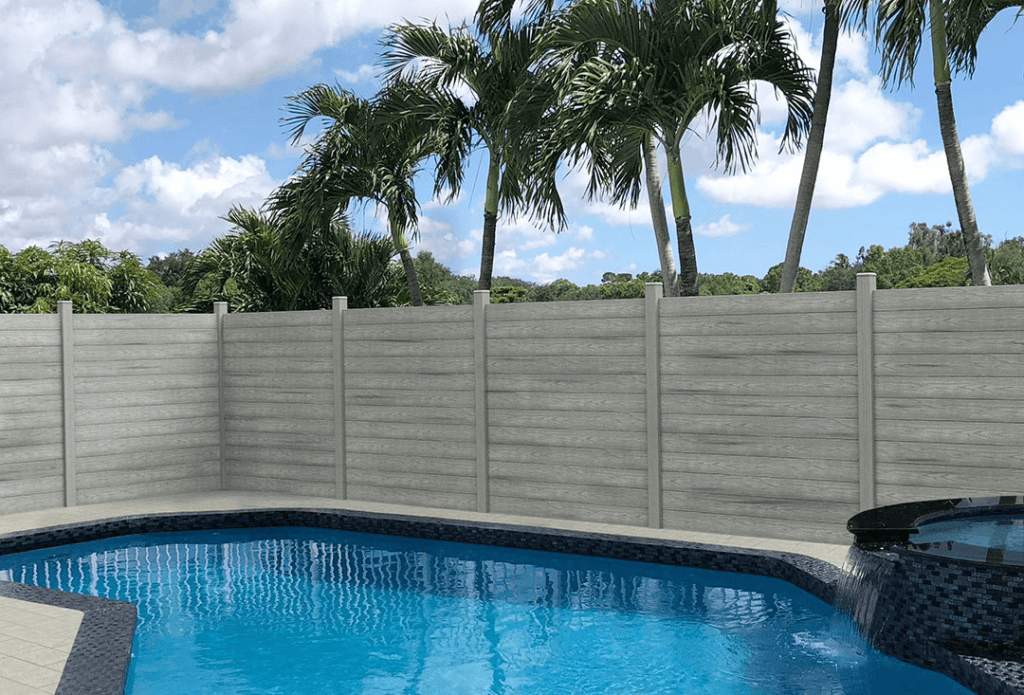
Image source: Oakio
Pros
● Aesthetic Appeal: Natural, warm look.
● Customizable: Can be crafted into various styles.
● Cost: Often more affordable upfront.
Cons
● Maintenance: Requires regular painting, staining, and sealing.
● Durability: Susceptible to rot, mold, and insect damage.
● Environmental Impact: May require harvesting of trees.
Conclusion
Deck railings are an essential element of any outdoor space, providing safety, style, and functionality. Whether you prefer the modern look of cable railing, the classic charm of craftsman railing, or the sleek appeal of glass panels, there’s a deck railing style to suit every taste and need.
When choosing your deck railing, consider both the style and the material. Brands like Oakio offer high-quality WPC fence that combine durability with aesthetic appeal. With the right railing, your deck can become a beautiful, functional extension of your home. So, explore your options and create an outdoor space that you’ll love for years to come.
Trending Reading
What Are the Differences Between the WPC Board and PVC Board?
[2024 Update] How Long Does WPC Decking Last?
